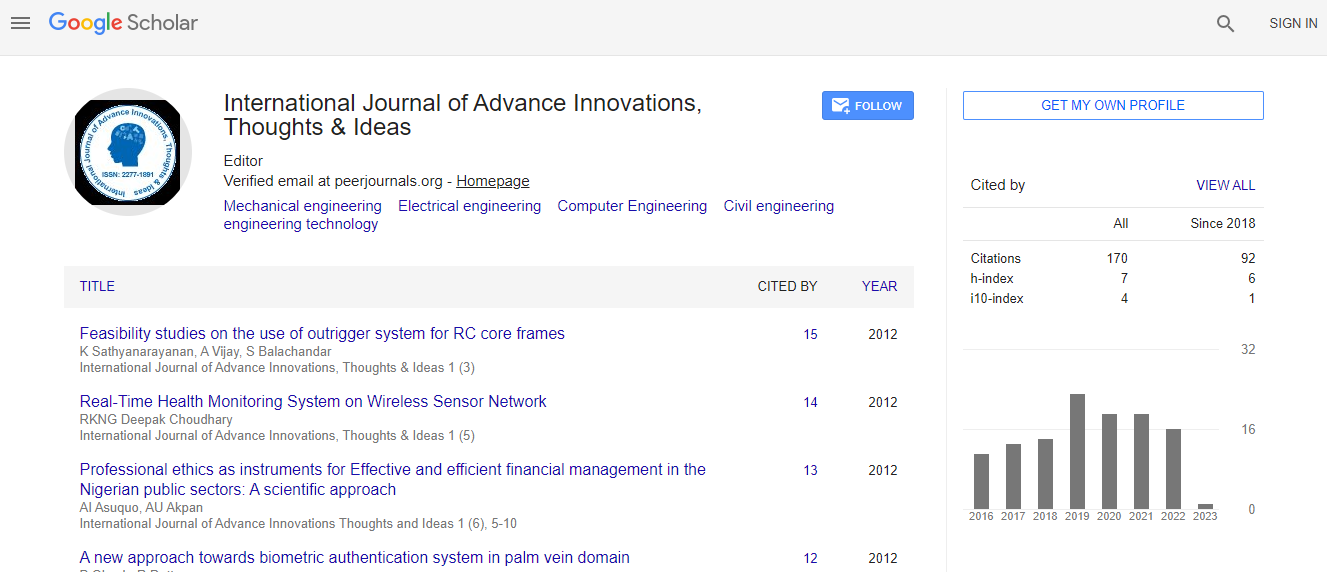Research Article
Non-Radiometric Dating of the Age of the Earth: Implications From Fossil Coral Evidence
Nurbek Mazhenov and Sanzhar Shalkarbekov*Institute of Information and Computing Technologies, Committee of Science, Ministry of Education and Science, Almaty, Kazakhstan
- *Corresponding Author:
- Sanzhar Shalkarbekov
Researcher, Institute of Information and Computing Technologies
Committee of Science, Ministry of Education and Science
Almaty, Kazakhstan
Tel: +7(777)2247160
E-mail: shalkars@gmail.com
Received date: July 21, 2015; Accepted date: August 07, 2015; Published date: August 17, 2015
Citation: Mazhenov N, Shalkarbekov S (2015) Non-Radiometric Dating of the Age of the Earth: Implications From Fossil Coral Evidence. Int J Adv Innovat Thoughts Ideas 3:160. doi: 10.4172/2277-1891.1000160
Copyright: © 2015 Mazhenov N. This is an open-access article distributed under the terms of the Creative Commons Attribution License, which permits unrestricted use, distribution, and reproduction in any medium, provided the original author and source are credited.
Abstract
Radioisotope dating has revealed that the age of the Earth is 4.54–4.6 billion years, and these results are widely accepted. However, as with all searches for truth in science, facts should be supported by multiple lines of evidence. Thus, determining the age of the Earth with alternative techniques could serve to strengthen the conclusions that have been reached with radioisotope dating methods. In this paper, a different approach to solving the problem is proposed. As is known from studies of 400 million year old fossil corals, Earth years were 400 days in duration in distant times because the Earth rotated faster than it does today. According to calculations based on the fundamental law of rotational motion dynamics involving the moment of inertia of a body, the radius of the ancient Earth 400 million years ago was 553.379 km less than it is today. This brings us to the impressive conclusion that Earth’s radius grew on average by 1.3834475 mm per year over the past 400 million years. Let us call this the evolutionary Earth growth constant; it does not take into account the effect of lunar tidal friction. If the present day Earth radius of 6371 km is divided by 1.3834475 mm per year, we can estimate the growth time of the Earth from its beginning to the presentthe growth time is 4.6 billion years, which is consistent with the radioisotope data, i.e., 4.6 billion years equals the age of the Earth! This new method for measuring Earth’s age not only confirms outcomes obtained with radiological methods, but it poses new problems and avenues of research for paleogeologists.

 Spanish
Spanish  Chinese
Chinese  Russian
Russian  German
German  French
French  Japanese
Japanese  Portuguese
Portuguese  Hindi
Hindi 
